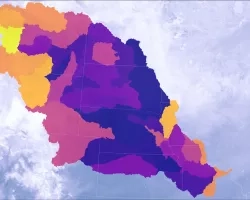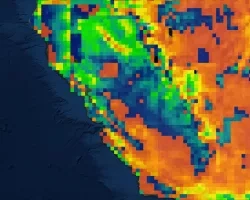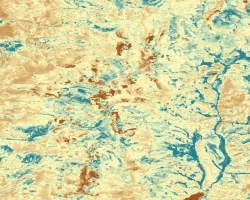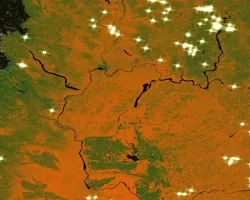Displaying 221 - 230 of 473

Topic
Chondria tumulosa, a newly discovered red alga, was observed in low abundance in 2016 but has since proliferated and is now smothering and decimating vast...

Topic
The Missouri River Basin provides irrigation water for a substantial part of the domestic agricultural sector within the United States. Drought events pose a significant...

Topic
The combined effects of increasing urbanization and climate change have exacerbated the urban heat island (UHI) effect and heat-related risks for city dwellers. Vulnerability to...

Topic
Quaking aspen (Populus tremuloides) is an important species for wildlife, watershed health, and ecosystem resilience across its range. Heavy ungulate browsing and factors influenced by...

Topic
Wildfire smoke has long-lasting impacts on public and environmental health. Currently, agencies that monitor smoke base their decisions on an analysis of how fires burn...

Topic
Located in the northern Sonoran Desert, Tempe, Arizona, features a semi-arid climate with summer daily maximum temperatures regularly exceeding 37.8° C (100.0° F). The area...

Topic
California’s Central Valley is one of the most productive agricultural areas in the world, producing approximately $20 billion in crops annually. The recent California droughts...

Topic
Over the last century, the Rio Grande cutthroat trout (Oncorhynchus clarki virginalisi; RGCT) population has declined significantly due to habitat loss, competition, and hybridization with...

Topic
Seven percent of all scientifically known life forms lie within the 202,230 square miles of Central America, making this area ecologically unique and increasing the...

Topic
According to the Washington Department of Natural Resources, roughly 36% of large fires in the state since 2010 were caused by lightning. General trends also...